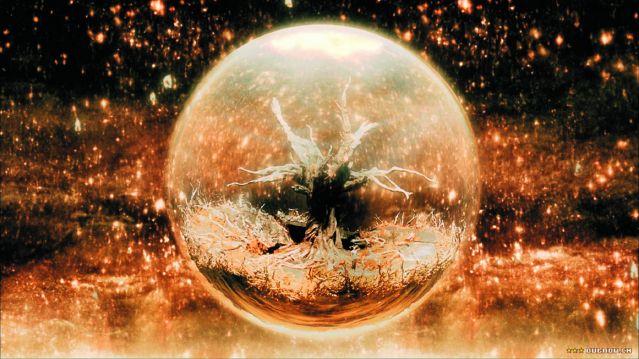Back To The Future
An Interview With The Fountain Director Darren Aronofksy


Snowglobes in space.

An example of The Fountain’s trippy production design.
Latest Article|September 3, 2020|Free
::Making Grown Men Cry Since 1992


Snowglobes in space.

An example of The Fountain’s trippy production design.
